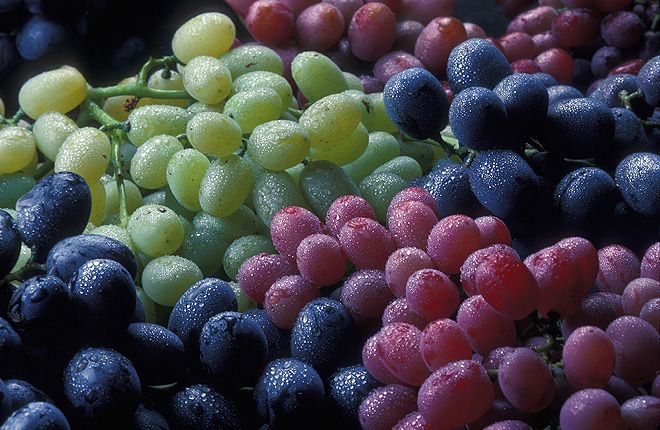Chile, Peru, Mexico, Brazil and South Africa were the largest exporters of fresh grapes to the United States in 2022, according to Commerce Department data.
In total, U.S. imports of fresh grapes were $2.215 billion in 2022, up 12.9% year-over-year.
Ahead of everyone was Chile, with exports of $752 million, followed by Peru ($748 million), Mexico ($659 million), Brazil ($35 million) and South Africa ($14 million).
From a broader angle, the USDA forecasts world fresh grape production for the 2022/23 season to increase by 1.2 million tons, to 27.4 million, as good growing conditions boost production in China and Turkey, offsetting losses in Chile and India.
Despite the increase in supply, imports are projected to decline slightly to 3.5 million tons on lower demand from the European Union and China.
Notably, USDA estimates U.S. fresh grape production to increase by 24,000 tons to 850,000 after three years of declines, a slight increase as drought and frost hampered a stronger recovery and growers continue to struggle with labor and water availability.
USDA’s NASS surveyed the industry and released a forecast for U.S. table grape production in the August 2022 Crop Production Report.
Exporters of fresh grapes
USDA forecasts Peruvian production to increase by 53,000 tons to 766,000 tons due to good growing conditions and acreage expansion.
Additionally, it is projected that the growth in Peruvian production will boost exports for the fifth consecutive year. Exports are expected to rise by nearly 50,000 tons, reaching 585,000 tons.
If achieved, this would position Peru as the world’s leading exporter, surpassing Chile.
Peru continues to expand its export markets. Japan, the third-largest market after the United States, remains a key target. The growth in Peruvian exports is mainly driven by increased demand in the U.S., European Union, and Mexican markets.
Meanwhile, Chile’s production is expected to continue its long-term decline. After a rebound last year, production is forecasted to drop by 56,000 tons, reaching 737,000 tons.
Although abundant rains are anticipated, they will only partially offset losses. The reduction in acreage across all regions of Chile persists as growers shift to more profitable crops, like cherries and walnuts. As a result, exports are likely to decrease by 53,000 tons, totaling 555,000 tons.

